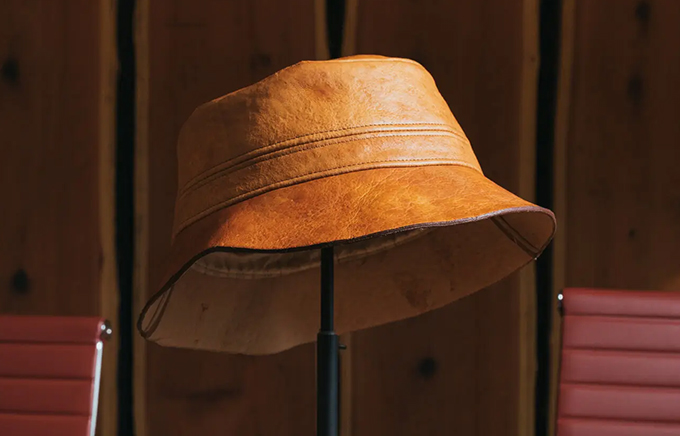
Mycelium, the intricate root network of fungi, has been making headlines in the sustainable fashion world. This innovative material has sparked a fascinating debate: Can it replace traditional leather?
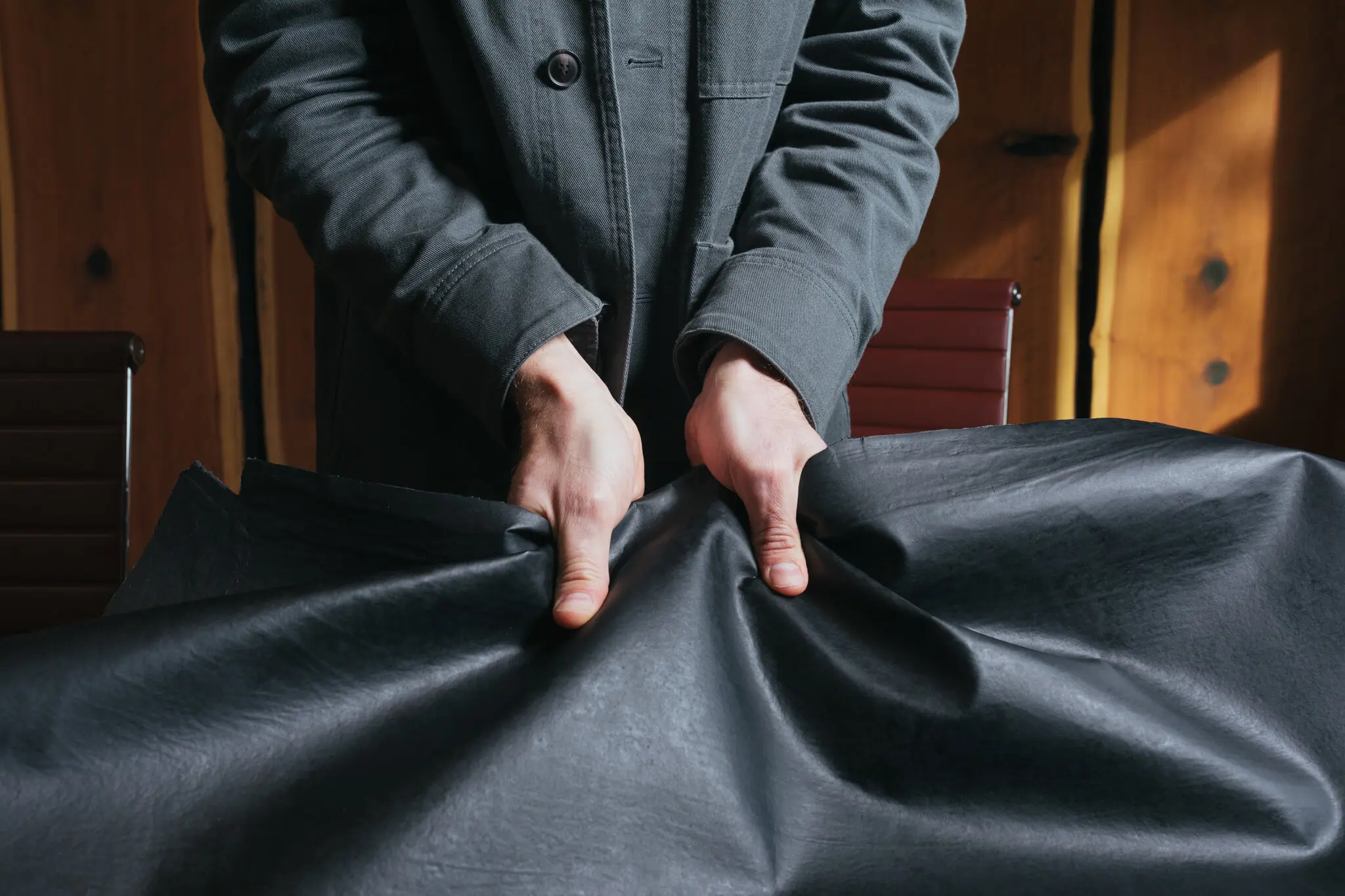

Mycelium Leather: A Sustainable Alternative
Mycelium-based leather offers exciting benefits. It can be grown into specific shapes and sizes, drastically cutting waste. Moreover, compared to animal leather, the production of mycelium leather leaves a smaller environmental footprint, making it an appealing eco-friendly option.
But the key question remains: Can mycelium replace traditional leather in our closets?
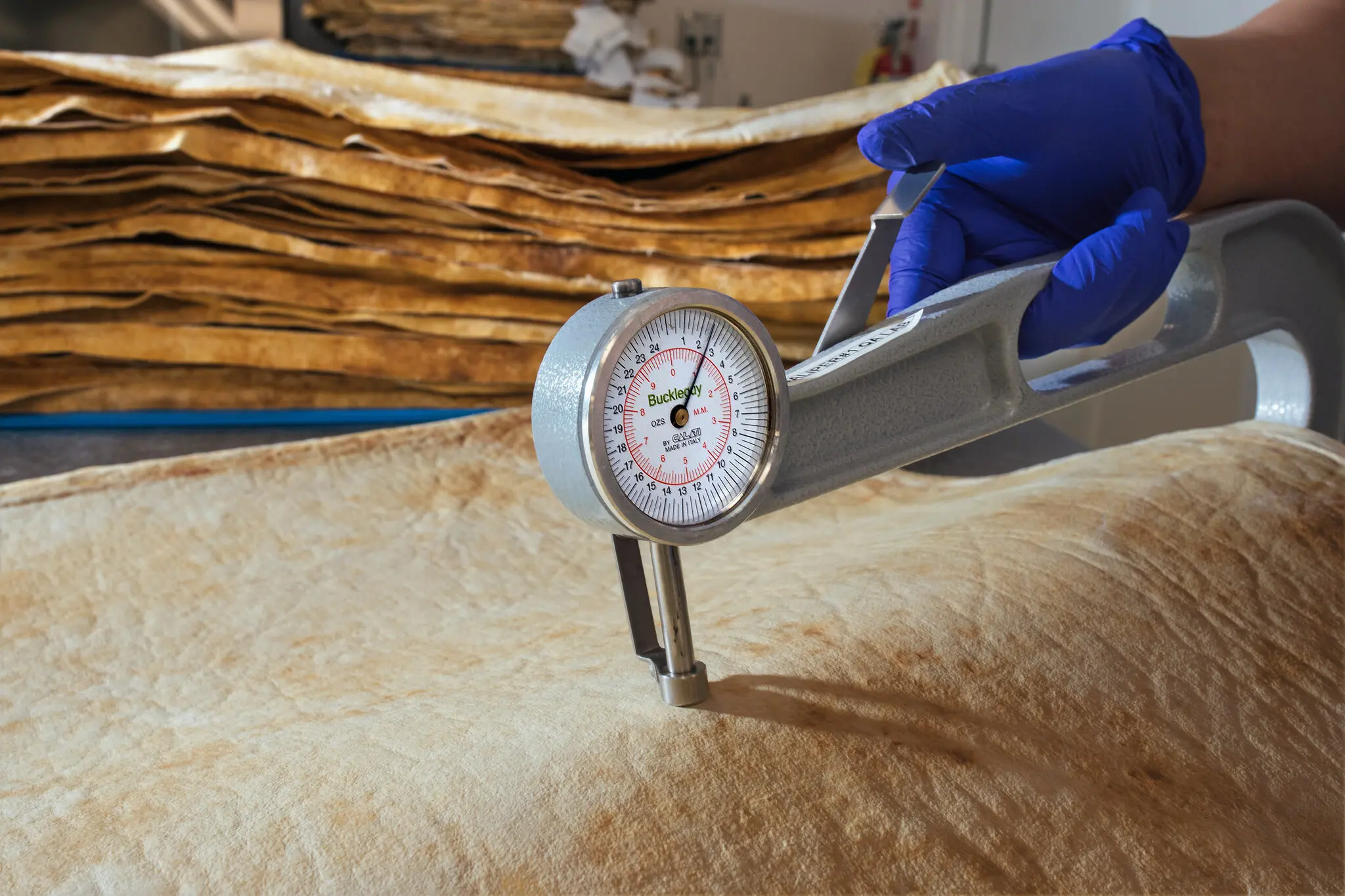
Assessing the Future of Mycelium Leather
The future of mycelium as a leather substitute hinges on four major factors:
Quality and Texture
Early mycelium leather products have received promising reviews, with many applauding their texture and feel. However, further research is needed to ensure that this fungal material can match or exceed the durability of animal leather.
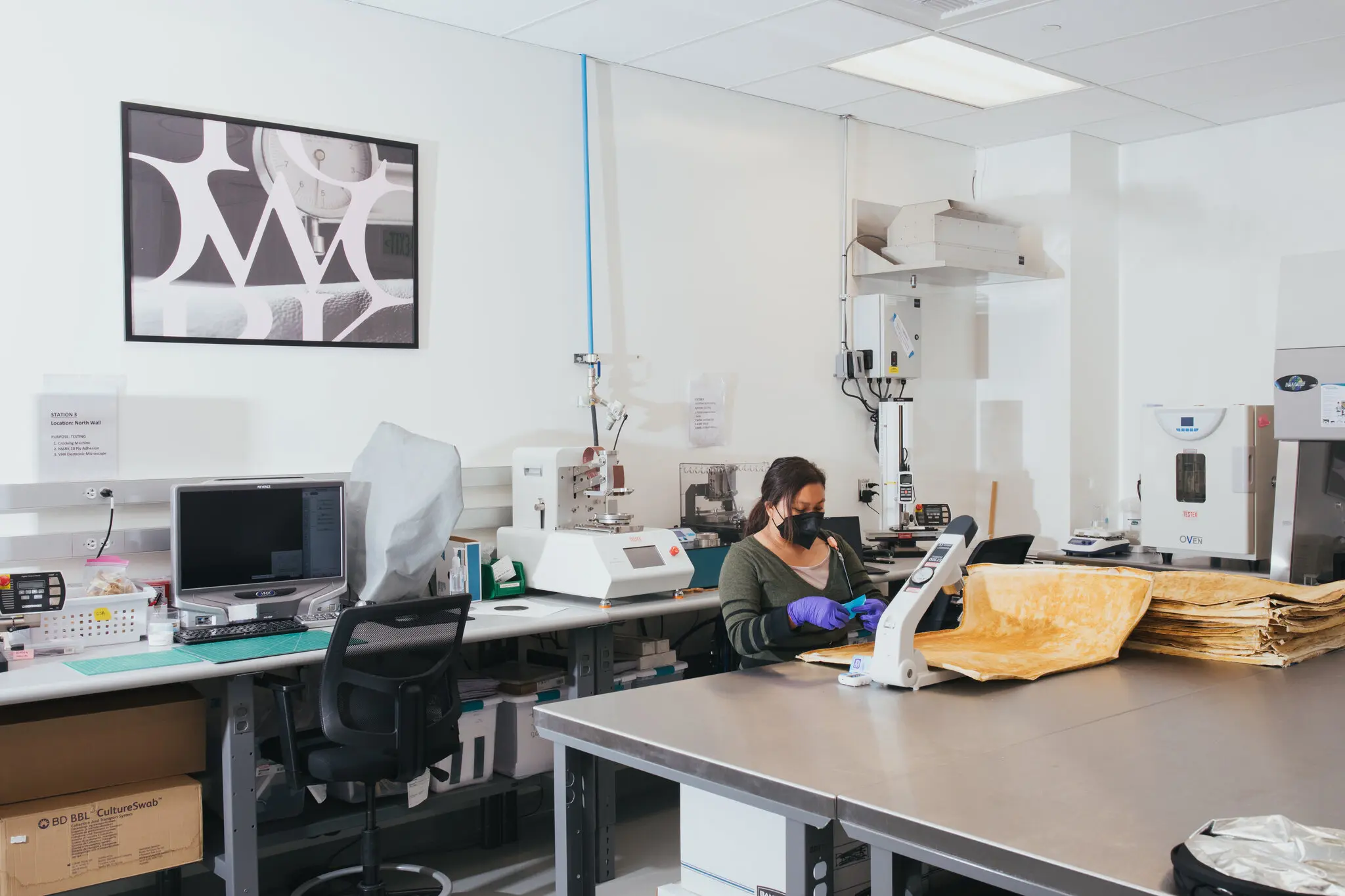
Cost
Although mycelium can grow on various organic wastes, making it relatively cost-effective, refining the production process to offer high-quality mycelium leather at a competitive price is a hurdle that’s yet to be cleared.
Consumer Acceptance
The perception and demand of consumers will significantly influence the acceptance of mycelium leather. If the market leans towards eco-friendly and cruelty-free alternatives without compromising quality, mycelium leather could indeed become a mainstream choice.
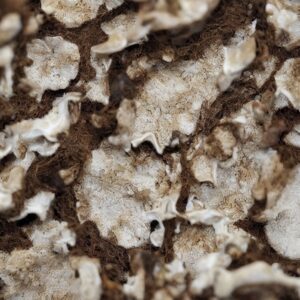
Regulations and Policies
Laws promoting sustainability and animal welfare could fast-track the adoption of mycelium leather. As environmental concerns gain political prominence worldwide, supportive legislation could be imminent.
The Verdict: Fungi in Fashion?
Mycelium leather combines sustainability, ethics, and adaptability, making it an exciting prospect for the fashion industry and beyond. However, until it can definitively demonstrate its superiority or equality to traditional leather in quality, cost, and consumer approval, it remains a budding contender in the material world. Keep an eye on this space as we follow the growth of this intriguing eco-friendly alternative.









